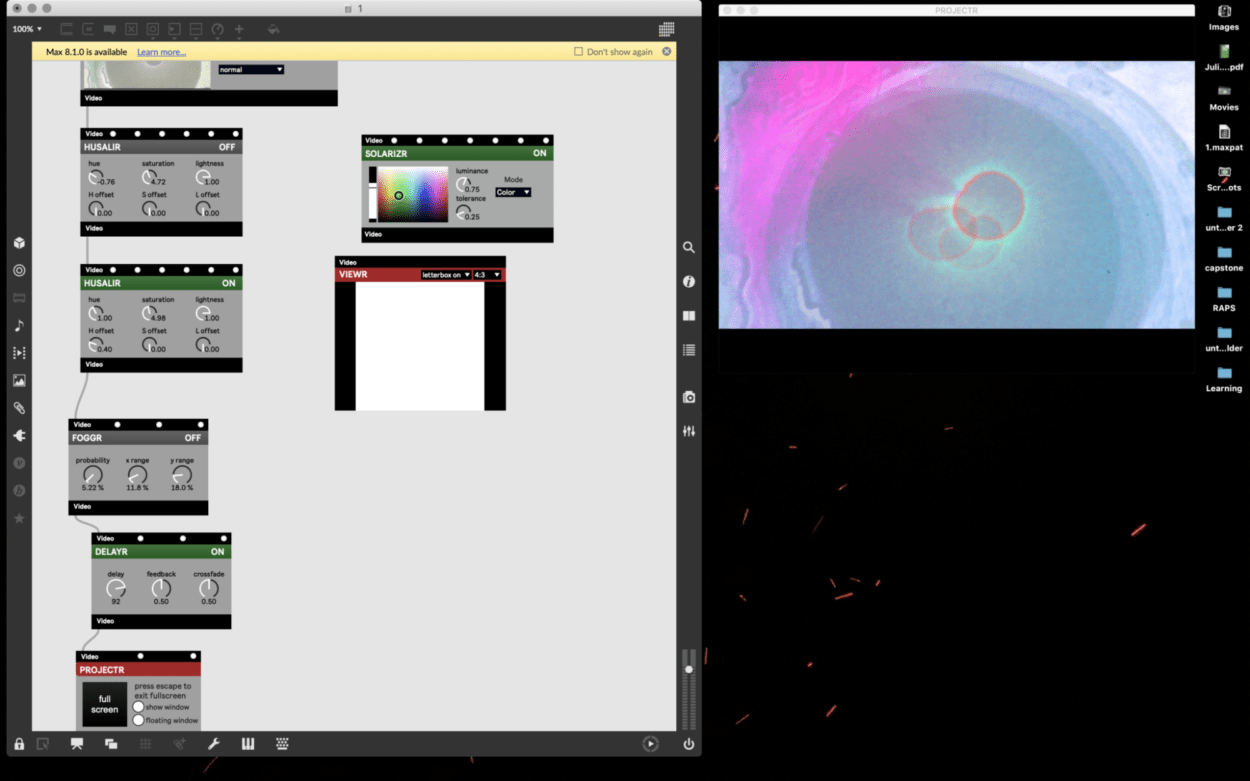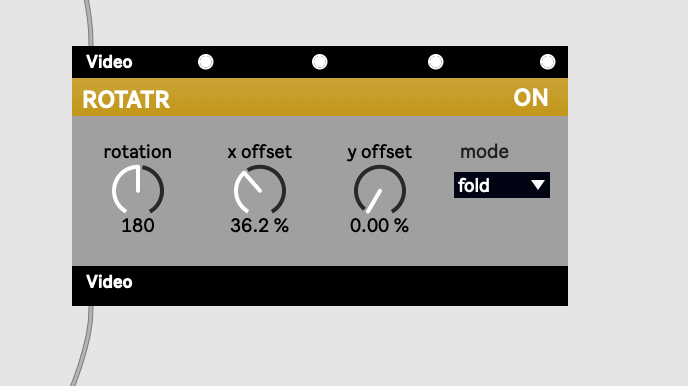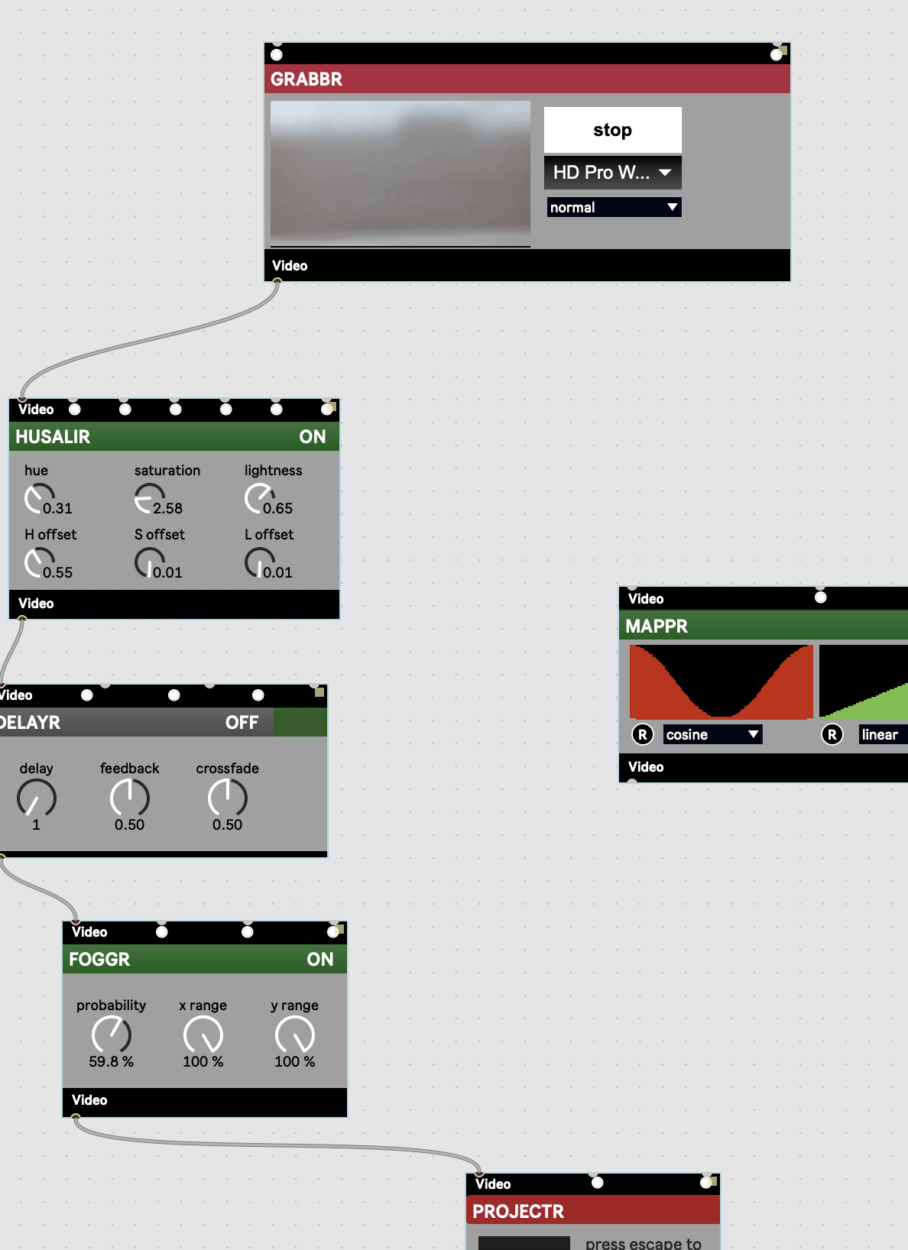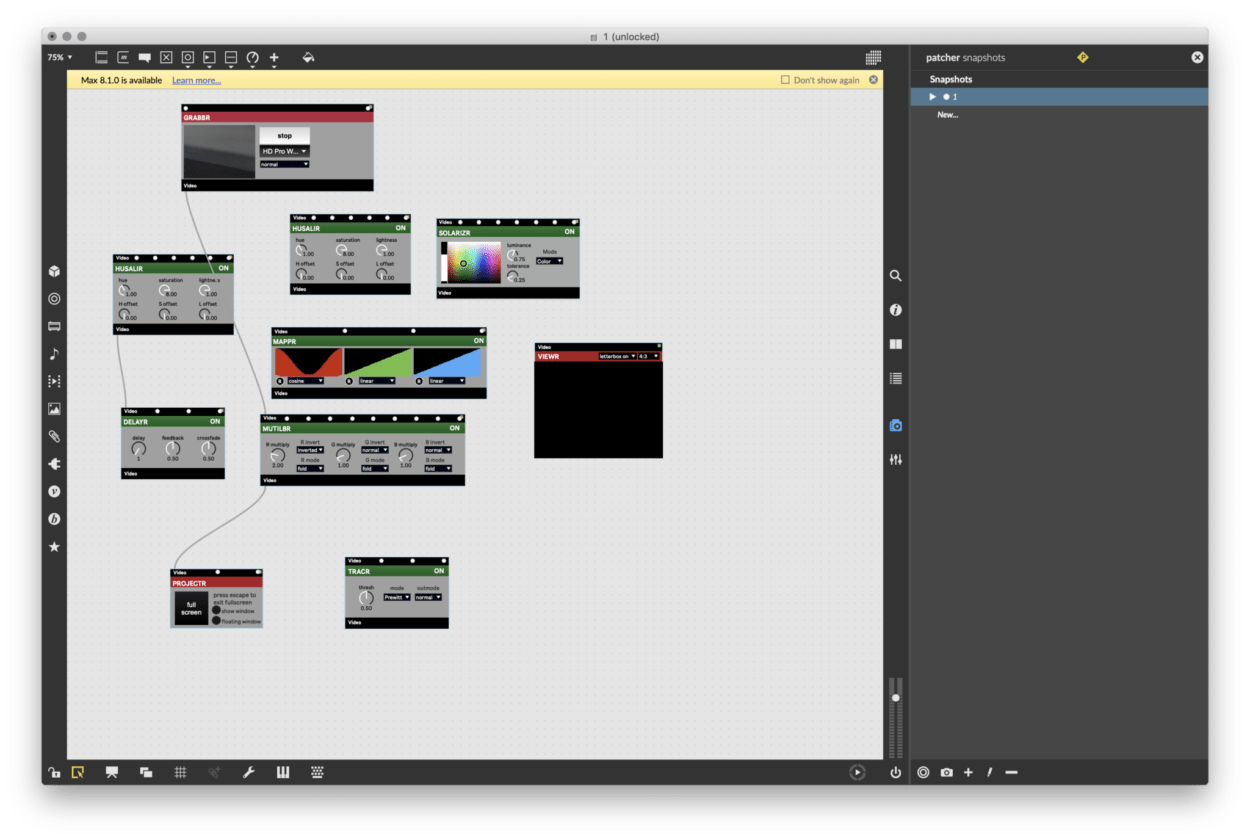Title
Eyeball
Project Abstract
The project is an audio-visual performance that interprets Thomas Wilfred’s Lumia with digital media production.
Project Description
The title Eyeball implies the physiology that we rely on to sense the world, which connects the reality with our mind. As an experiment, the concept of the project is about the abstraction of liquid, shape, and light in relation to musical composition. We thought a lot about the translation between audio and visual – the ambiance, emotion, tensity that communicates in between in a synaesthesia sense.
Perspective and Context
From my perspective, the communication between the visual and audio as well as the concept of synaesthesia go beyond a form of synchronization of the obvious notifications, like matching a color with a key, or changing the frame rate according to drum beats…etc, which are the easiest way to interpret visual music. However, I think the term visual music integrates the visual and auditory senses and makes a new experience that is incomplete without either.
Inspired a lot by Joshua Light Show and their projects/practices, we think that simple materials can create sophisticated visual stimuli as long as the intention of the artists is well articulated.
It does not always have to be expensive or “high-tech.” Therefore, we try to express our ideas and creativity within a range of mundane and accessible materials – water, plastic, and other found and recyclable materials.
Development & Technical Implementation
Link to the gist for Vizzie patch.
Link to the gist for Beap patch.
Our first idea was actually using a scientific magnifier to examine some microorganisms in a natural water source like the late or ocean. Initially, it was an environmental-related project. However, it didn’t work out, the scientific magnifier we ordered on Taobao didn’t function and we didn’t want to stick with the idea of environmentalism any more. When we were kind of stuck, Phyllis and Hoiyan discovered the reflection of the colored water can be quite intriguing visuals, and we together decided to work around that.
Later, we each find our own role in the production process – me as the main visual mixer, Phyllis as the main performer, and Hoiyan as the main musician. We didn’t just complete our job and went away, but we always discussed and revised together when it was possible. I have less working knowledge in music than Hoiyan and Phyllis, so my role in musical composition is to come up with more constructive advice and feedback while thinking about the visual representation of them.
We did our choreography for the visual and music at the same time. Phyllis and I ran through every single visual effect in Max and discussed whether and when should we use them or not.
Here is the first visual we are excited about in terms of the color scheme:

Testing the color effect:

The parameters mattered! I also actively screenshotted the parameters’ detail in case of a crushed max patch (which happened multiple times)



And after listening to the music I figured that the structure of visuals should also be a gradual building-up process. So I came up with the idea to start from the gentle and more simple ones and leads the audience to the climax of the most intriguing and abstract forms:



I really love the midi controller which gave me enormous freedom of my hands to live-perform the video. I made a little manual at the beginning to remind myself of the correspondent visual trigger with the buttons/knobs/sliders. But in the end, I just don’t need them anymore because I already remembered them too well.
The only thing I have to complain about the image quality of the webcam, it is really not that good.
Performance

I really enjoyed the performance in the auditorium. The high-quality speakers and projectors really elevate the experience. Since we have rehearsed multiple times before the performance, I think the process went relatively smooth. Overall, the teamwork worked out pretty well. However, in the beginning, there are some problems to display our visual on the projector but use another sound input at the same time, but fortunately, the system finally worked with assistance from IT. It reminds me that to familiarize ourselves with the performance venue is necessary in case some fatal technical difficulties occur and have plan B for that. What if the sound just didn’t work? Are there external speakers? These are all things we need to think about beforehand.
Additionally, the screen display should be always set to the non-sleep mode. In our performance, the screen went black for one second since nobody touched it, which caused a little glitch.
Conclusion
I think it is more than a midterm project but also a teamwork experience. Hoiyan and Phyllis are very patient and detail-oriented who gave me considerable feedback and I learned so much from them. The project itself made me think more about what sets up the tone for music and visual experience, how to make cinematic effects/potential storytelling out of an abstract audio-visual experience, and what’s the potential for audio-visual performance outside the club scene? In conclusion, I think it made me become more critical of my own perspective.